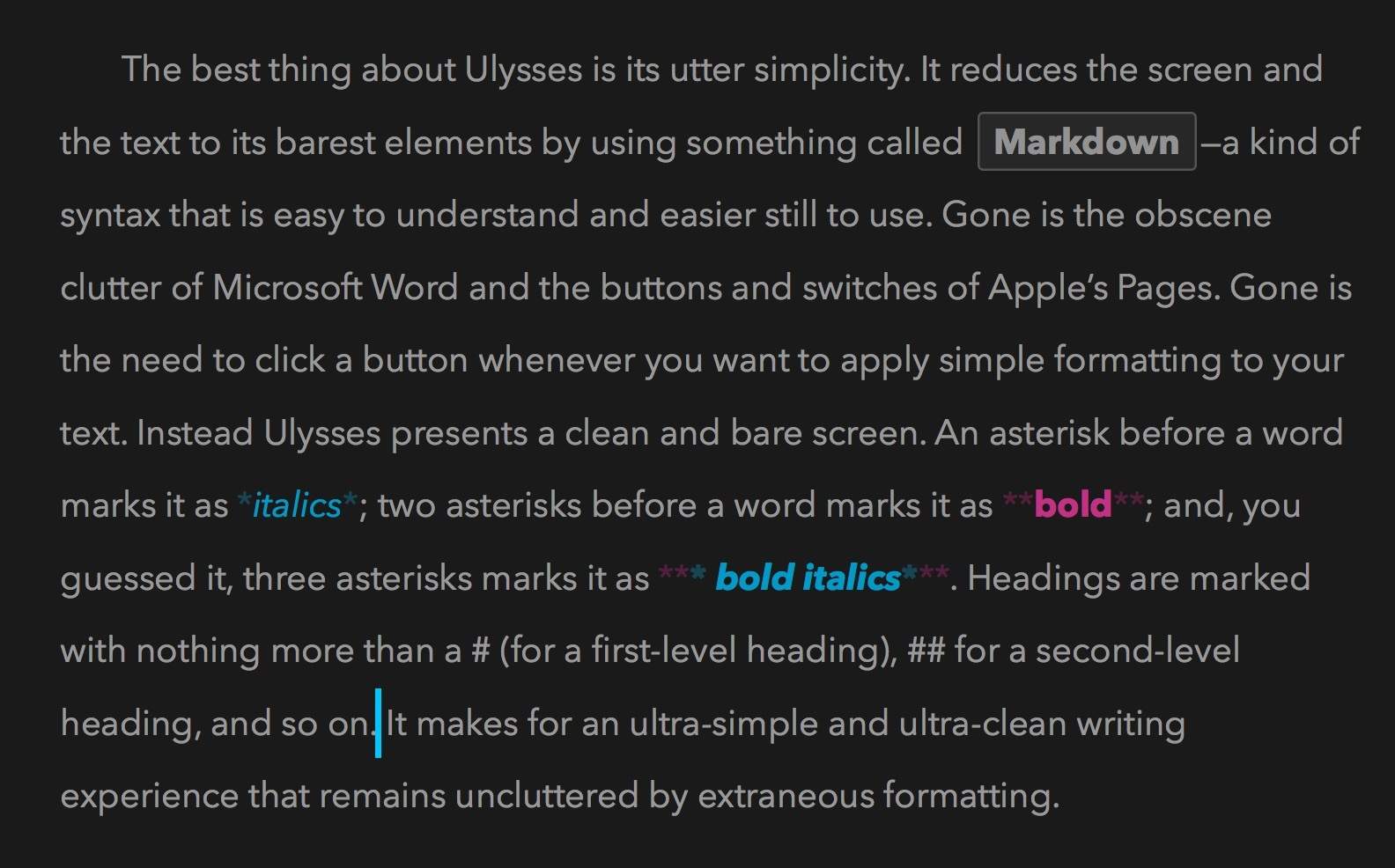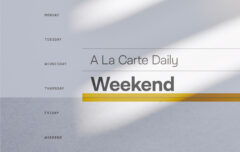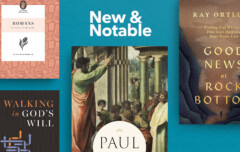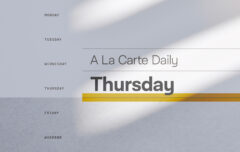I love tools. I especially love good tools. I love to explore different tools, to try them, and to choose the ones that do the job the best. In my case, the tools I use tend to be related to writing and publishing and they come in both hardware and software varieties. I outlined my preferred productivity tools in Do More Better and if you read that book you will find some detail on Evernote, Todoist, and Google Calendar. Today I want to tell a little about some of the other tools I use in case they are of interest to you.
Hardware Tools
When it comes to hardware I depend on three tools—a mobile phone, a desktop, and a laptop. I also have an older iPad I use almost exclusively for preaching and speaking.
For my desktop I use an iMac. I made the transition from PC to Mac a few years ago and have been very pleased with both the hardware and software options. I have thought of moving away from a desktop in favour of using only a laptop, but have developed pretty serious carpal tunnel syndrome and find it badly aggravated when using a laptop. For that reason I use my iMac whenever I am at home and use the laptop only when traveling.
Now, about that laptop. I spend enough time away from my home that I need to be able to do almost everything I do on my desktop while I am away. Until very recently I have used a MacBook, but it recently gave up the ghost and this has given me the opportunity to try something new. I am currently trying out an iPad Pro (shout-out to Staples and their return policy) to see if I can make it work as a laptop replacement. This, again, is primarily to ease the pain of the carpal tunnel syndrome. My recent trip to Ligonier Ministries National Conference was the first I have done without a laptop and it went very well. There was only one minor task I found that I could not do on the iPad Pro. I am surprised by how much I am enjoying the ultra-big iOS device and there is a pretty good chance I will stick with it. Unlike the iPad which is primarily a device for consuming content, the iPad Pro can excel at producing it.
My mobile phone, an older iPhone, is primarily for keeping in touch with people, but I also use it with my productivity tools (mostly to scan receipts into Evernote) and, occasionally, to update a blog post. In fact, I recently wrote an entire article while my wife was trying on dresses. I do not use it in such a way that I need to have every version, so I just replace it when my carrier contract allows me to.
And then there is that older iPad I use for preaching and teaching. I suppose I could use the iPad Pro for that, but I think it may be a bit too big to take into the pulpit. I guess that old iPad will have to keep going for a while.
Software Tools
Now, moving on to software.
I do almost all of my writing in Ulysses. Ulysses really does just one thing but it does it brilliantly—it allows me to get words out of my head and onto the screen. It does this by presenting a clean, unobstructed screen and by removing most of the formatting options that gum up Word and Pages and other word processors. It lives on all my devices and syncs perfectly and transparently between them. Whenever and wherever I have an idea, I can immediately get it into Ulysses. I love it, and especially with the updated iPad and new iPhone apps they are releasing this week.
My last couple of books have been written using Scrivener. I find it useful for book-length writing, but also find it very, very complicated and a little bit clunky and ugly. I may well write my next book (if there is a next book) in Ulysses. Either way, these programs are good only for the initial draft since an editor will eventually and inevitably convert it to Microsoft Word. Sadly, further drafts always need to be completed in Word.
I use Feedly to hold the 150 or 200 blogs I read and to display the updates from them. Pocket allows me to one-click save them for possible inclusion in A La Carte. I use Pocket for only that one purpose—a temporary holding area for A La Carte. Anything I want to archive permanently goes into Evernote.
For communication with other people (Cruciform Press, Visual Theology, my artist and designer) I mostly use Slack, a tool I have found very useful as an alternative to email. I may write more about Slack in the future as I see it as a good candidate for ministry team communications. I use Trello as an editorial calendar and may write more about that in the future as well.
A tool I use every day is Dropbox. I now keep all of my files in Dropbox—photos, music, documents, and so on. That way 100% of my files are stored in the cloud and I am immune to losing them if my hard drive crashes or my computer is stolen. If a drive dies or a computer goes missing, I simply replace it, sync Dropbox, and it’s all right back where it needs to be. TextExpander is a little background utility that I use half-heartedly, but even then it saves me time and bother in repetitive tasks. I tend to use Chrome as my browser, but may migrate to Safari; I tend to switch back and forth every year or so.
Finally, Logos is now my Bible and my research library all in one. I have written about Logos many times before and will do so again in the future, I’m sure.
Email Tools
As much as we all hate email, it continues to be a necessary evil. Thankfully, new tools and processes are making it more tolerable than it has been in a long time, though I still try to avoid it whenever possible (hence Slack for many of my communications). Until very recently I have used my browser to access GMail.com. The shortcut system there is very powerful and allows for speedy mail processing without using a mouse. Lately, though, I have been experimenting with a couple of other tools including Outlook and CloudMagic, largely because I find it distracting to use a browser tab for email—I prefer an app I can open and close or reveal and hide at will. It is too soon to say if any of the features these other apps offer will balance out the sheer convenience of GMail’s native interface and its speed in searching for archived mail. You can read about how I process email here.










